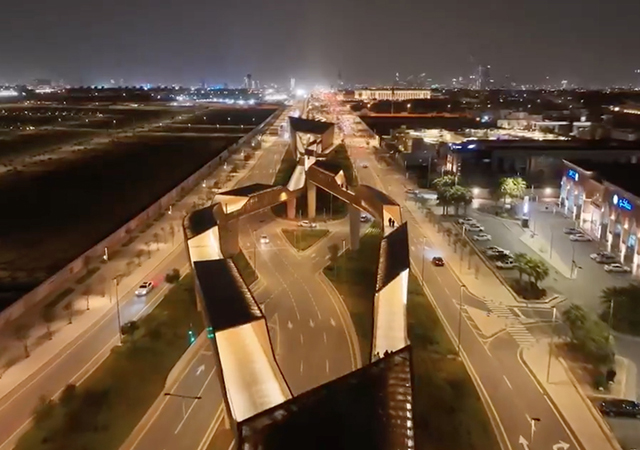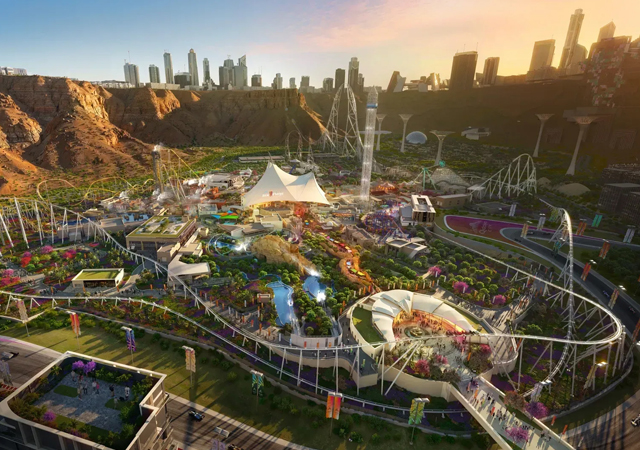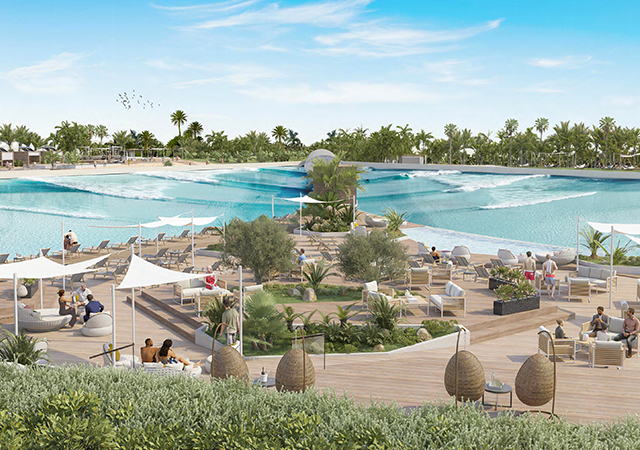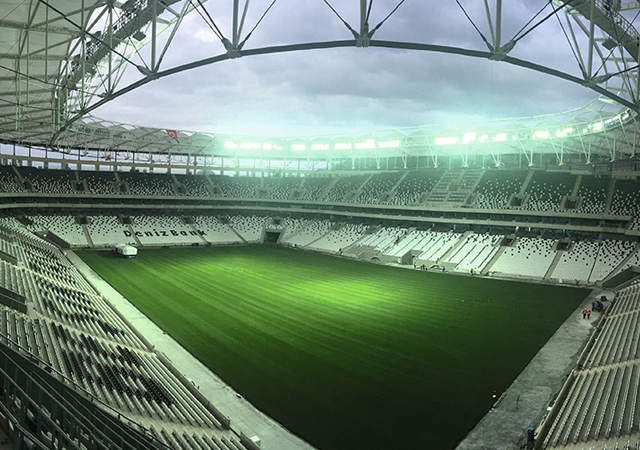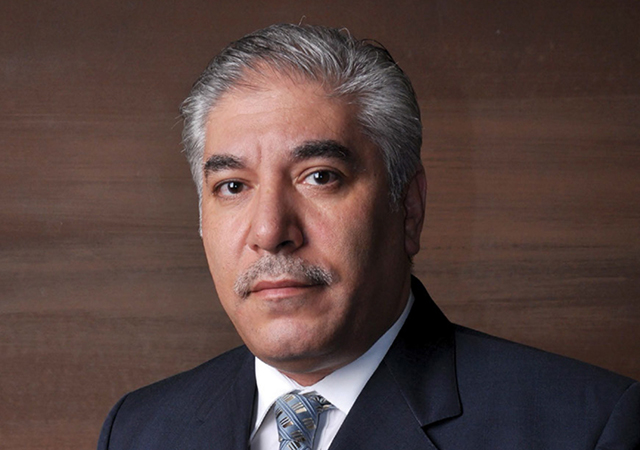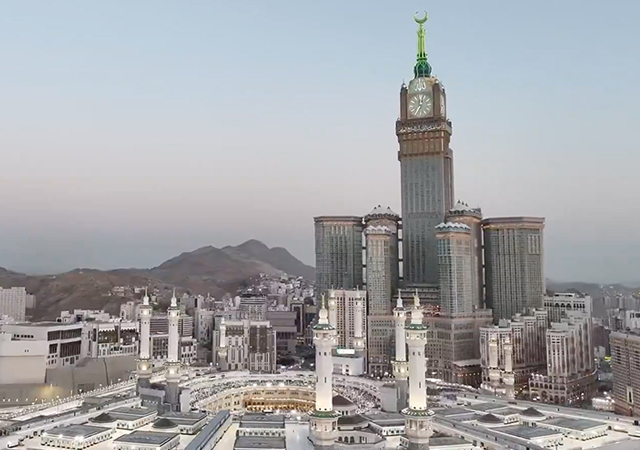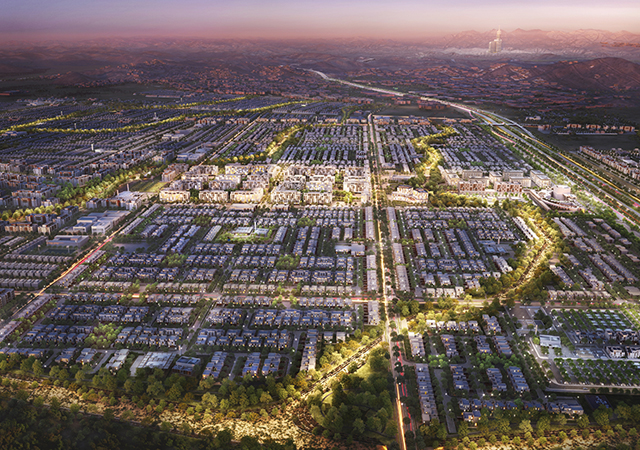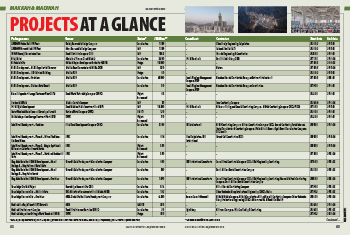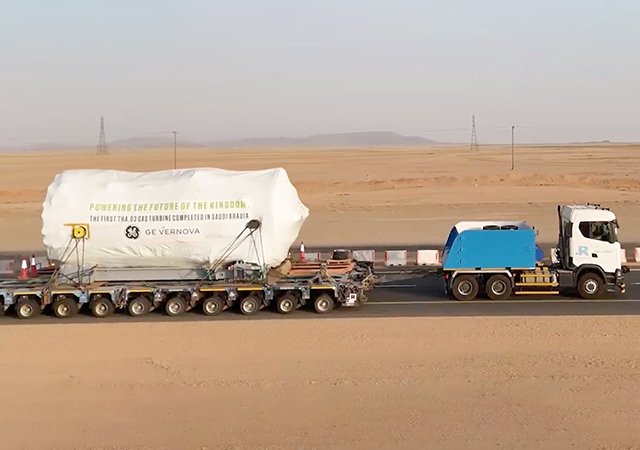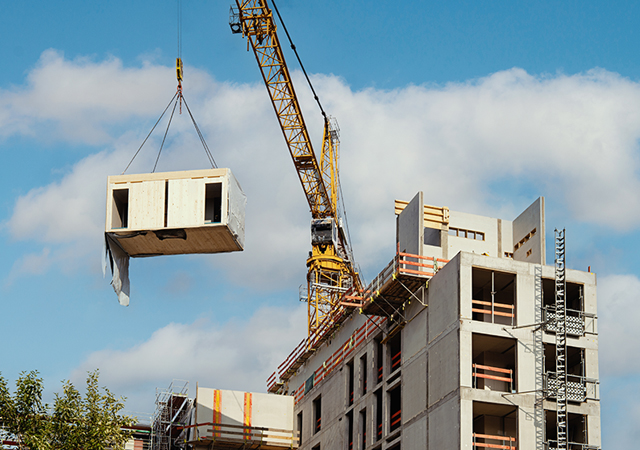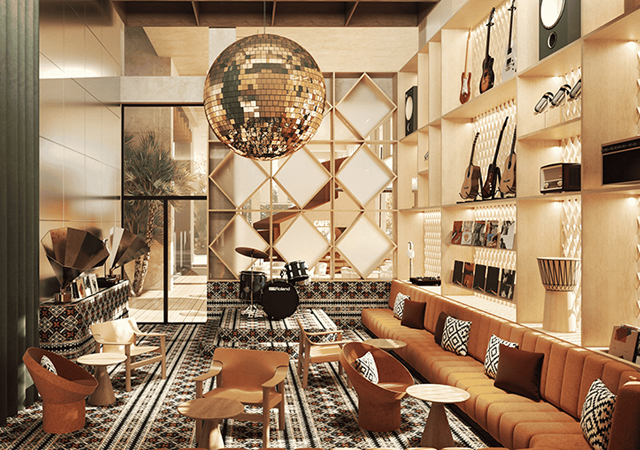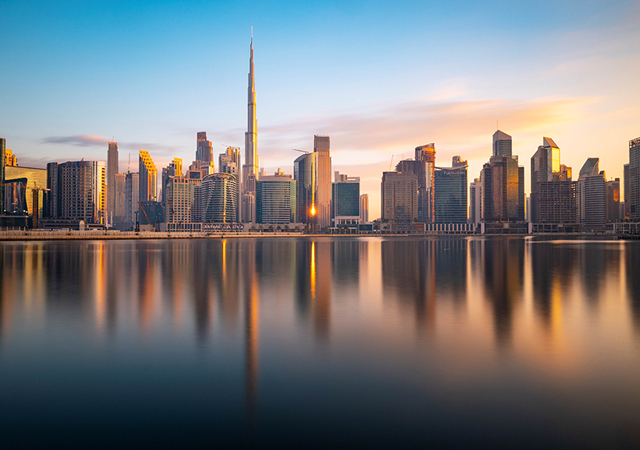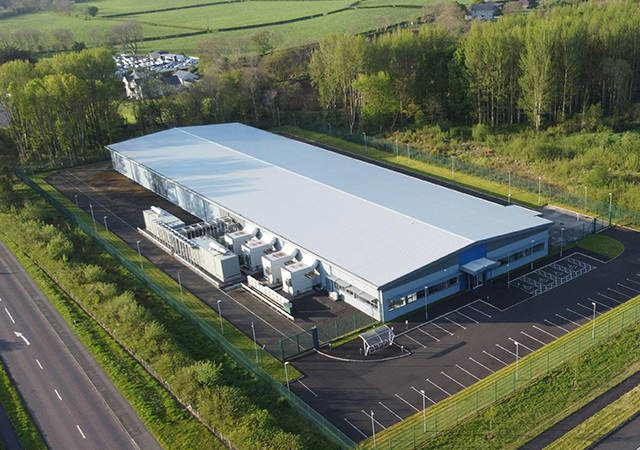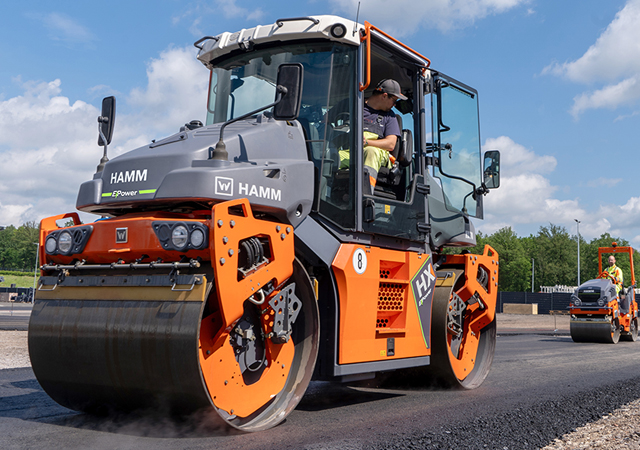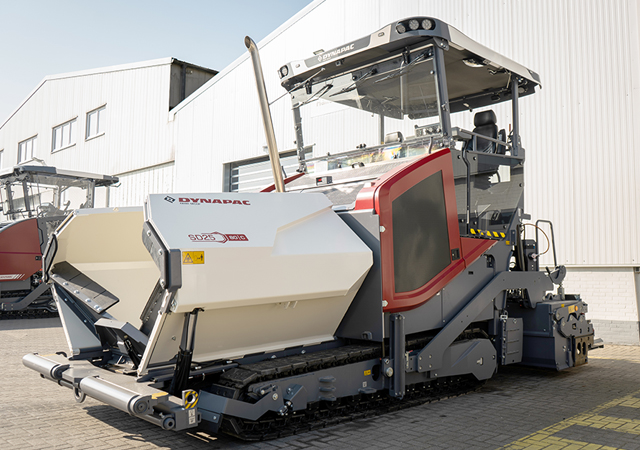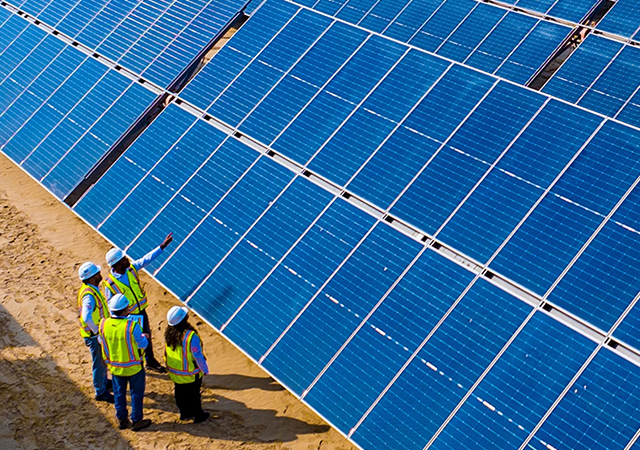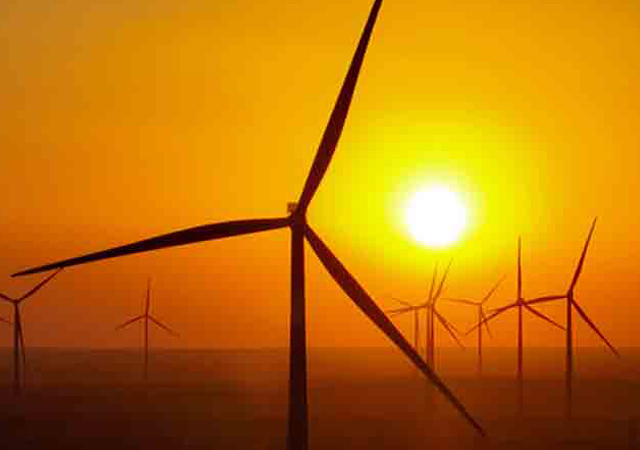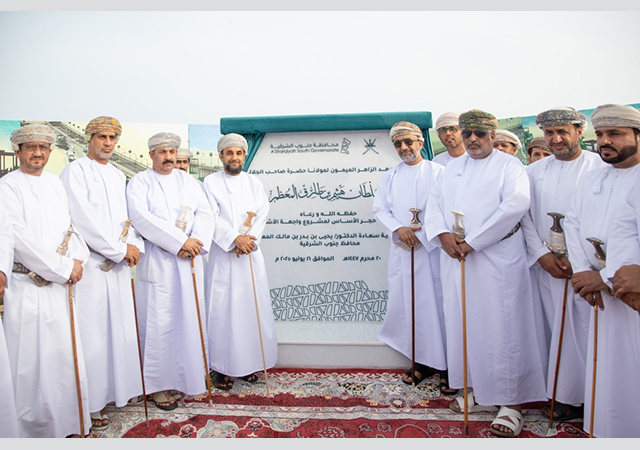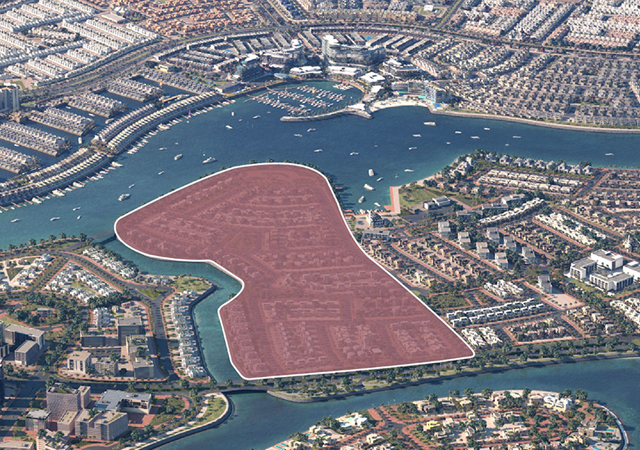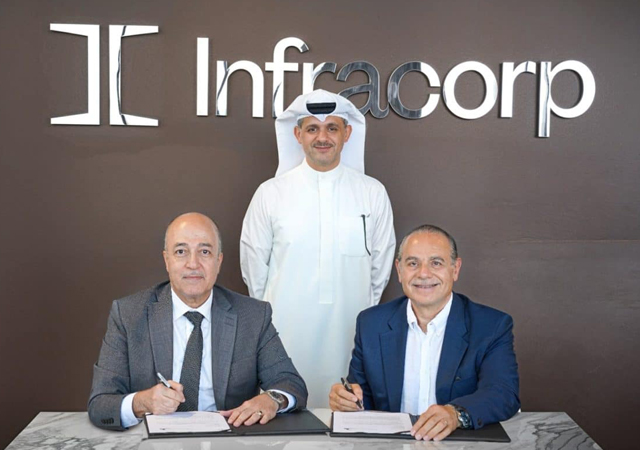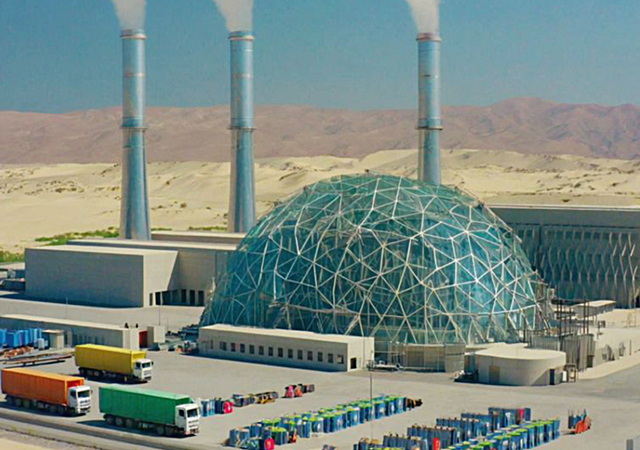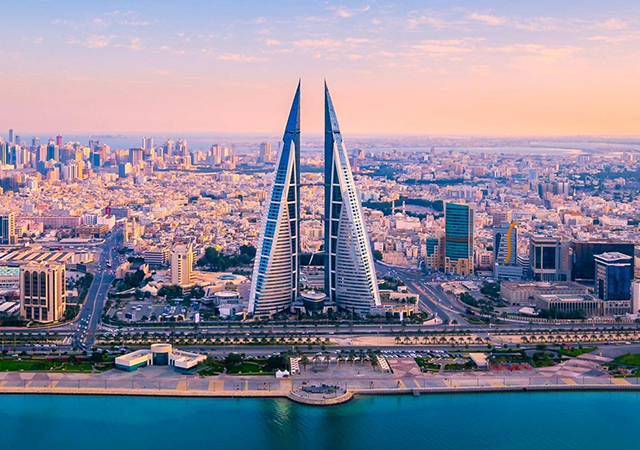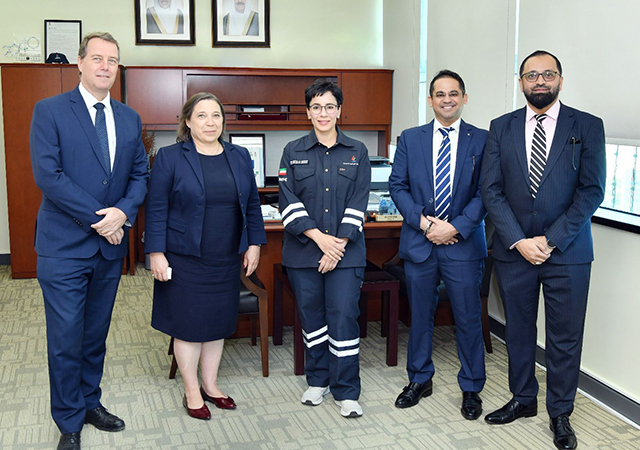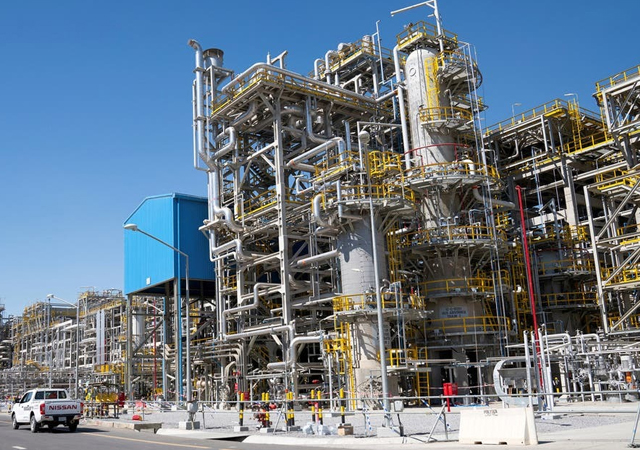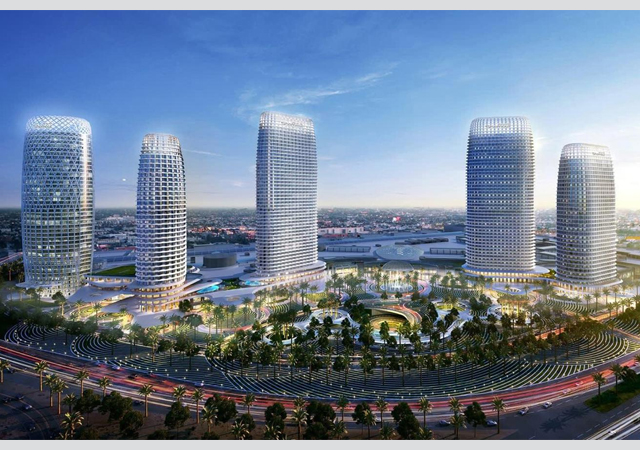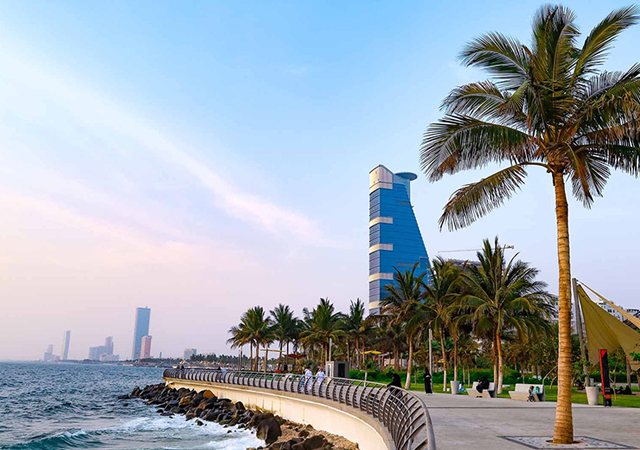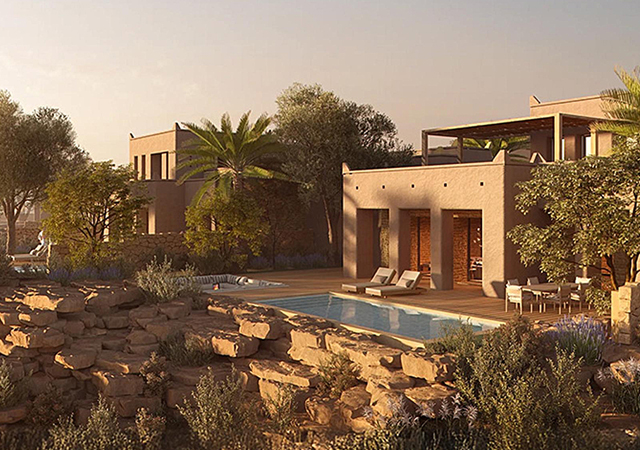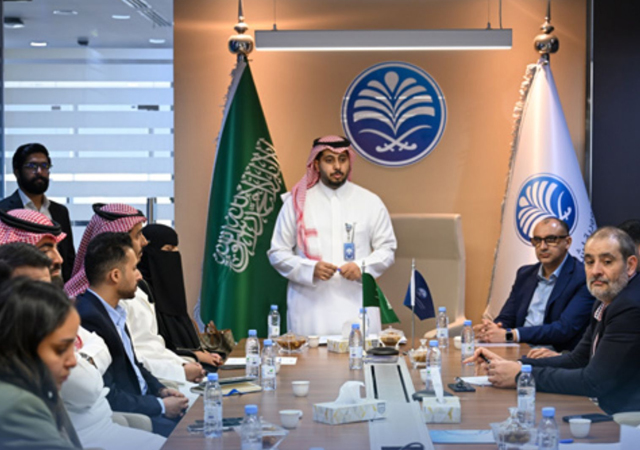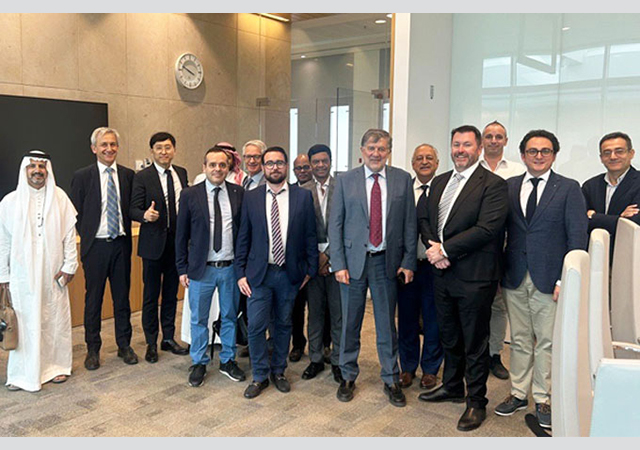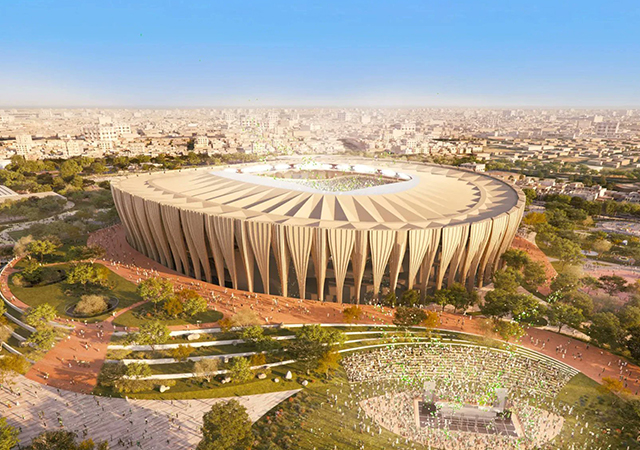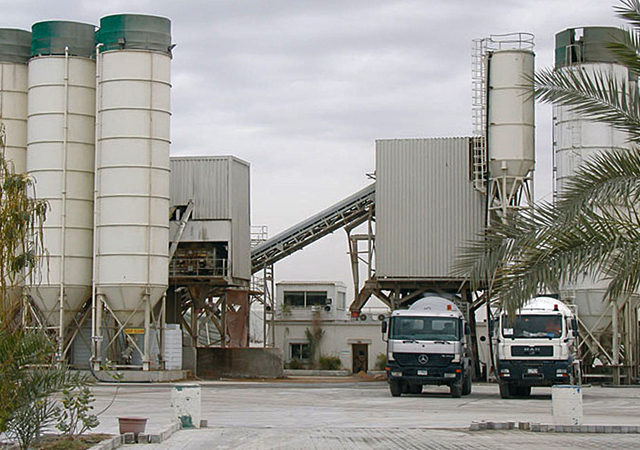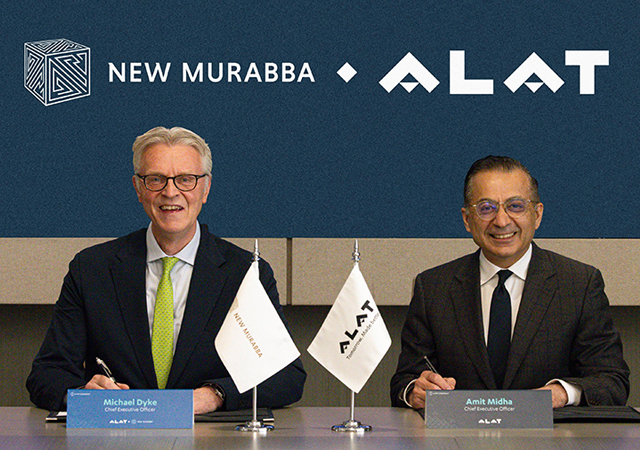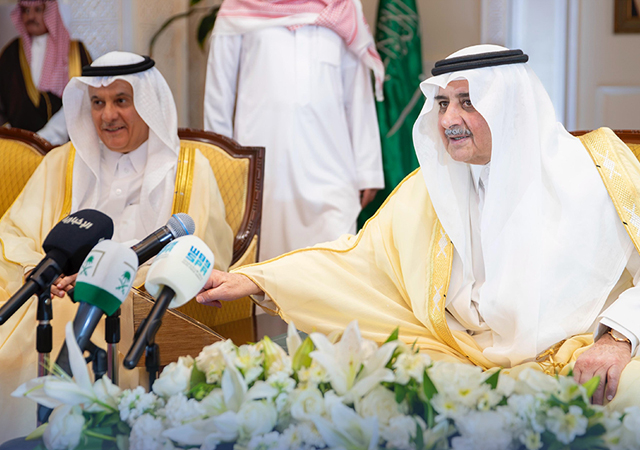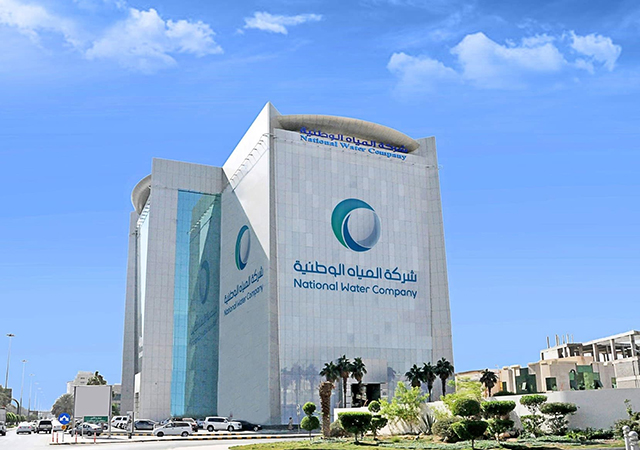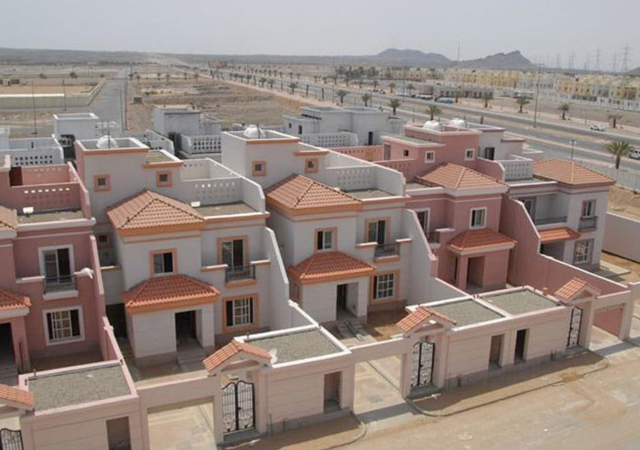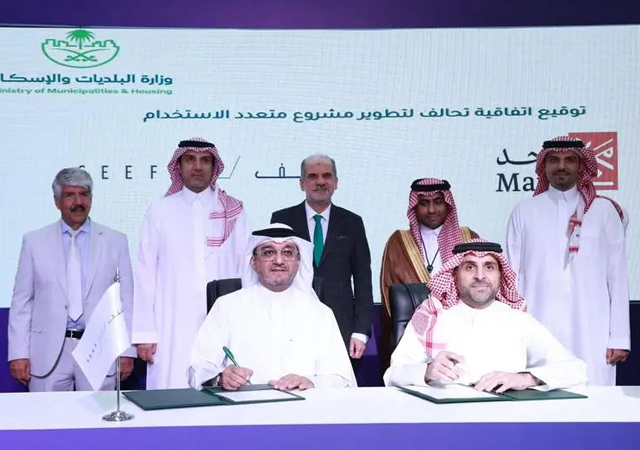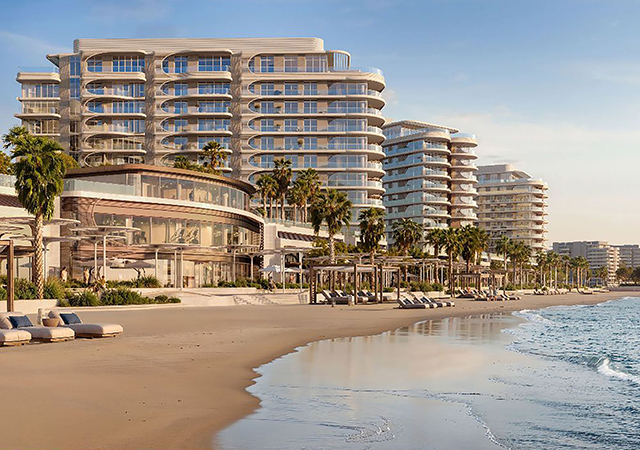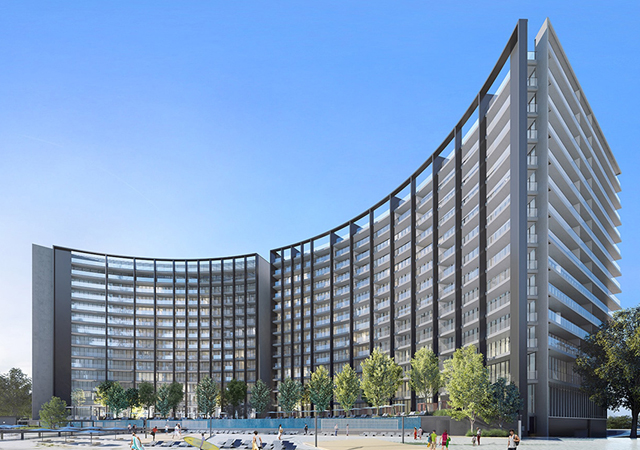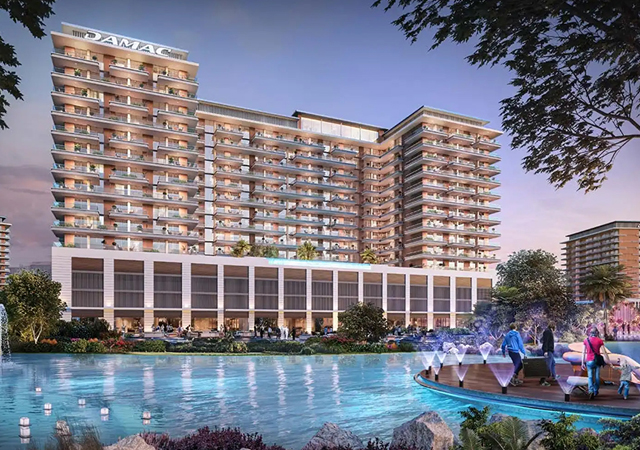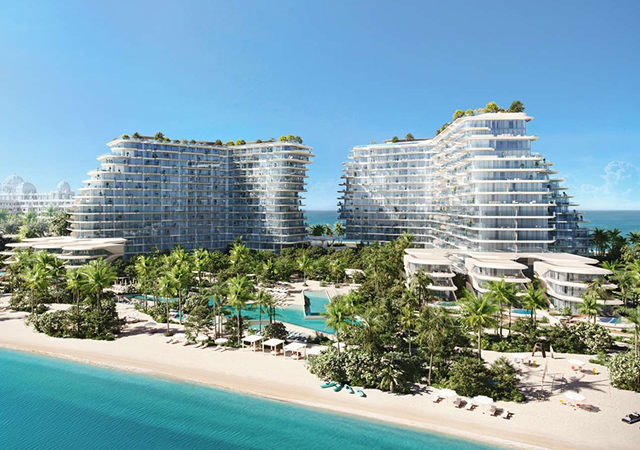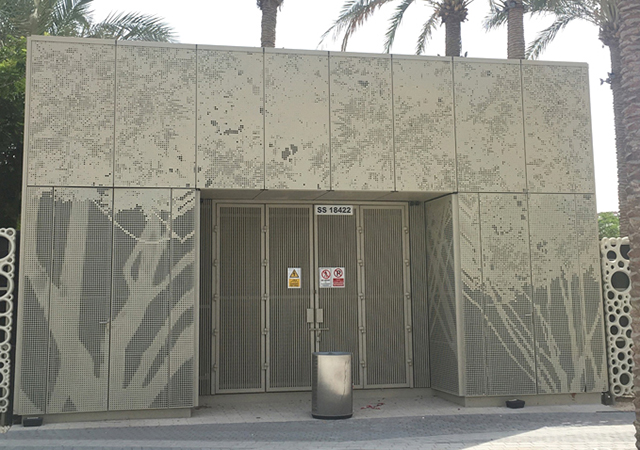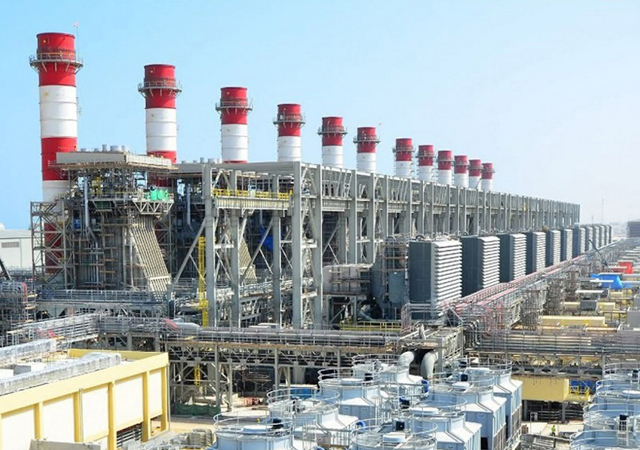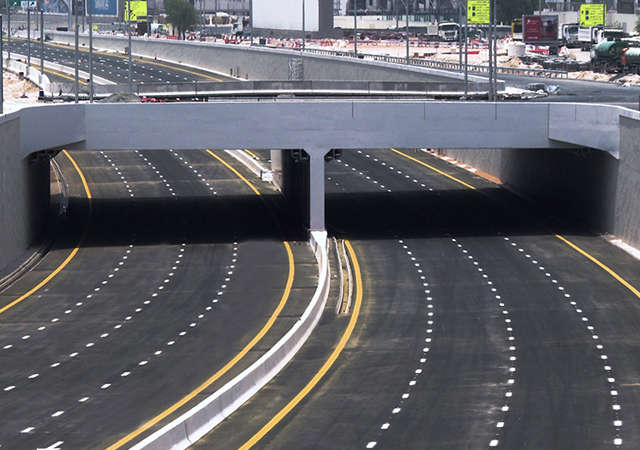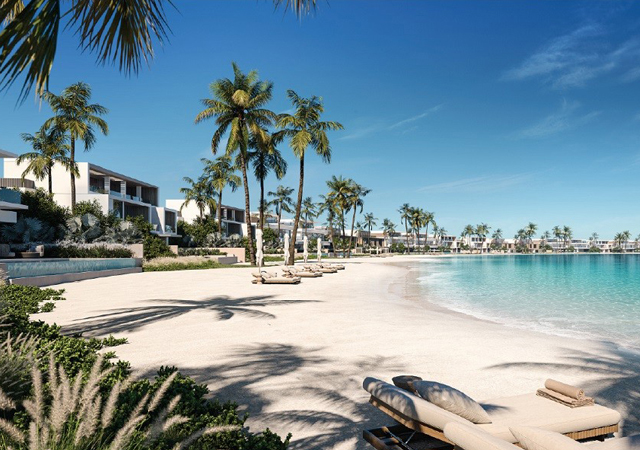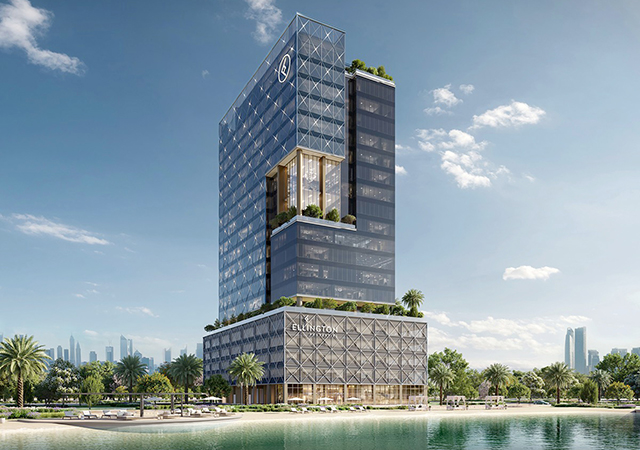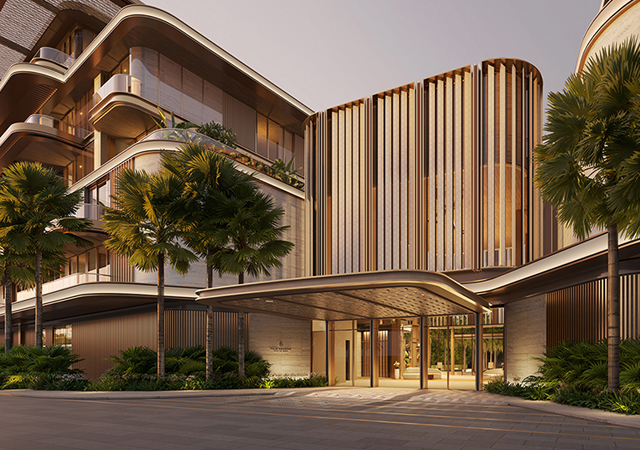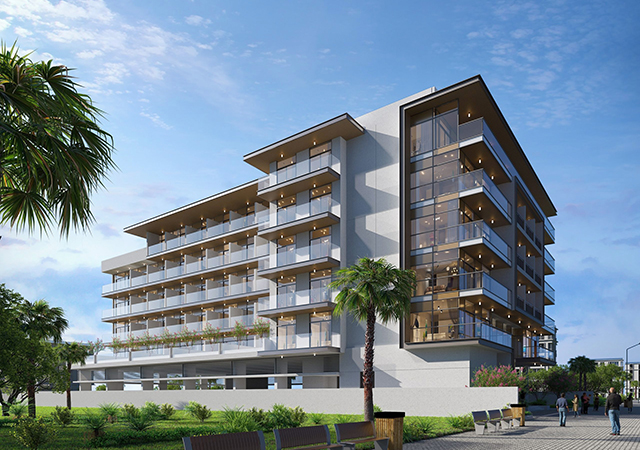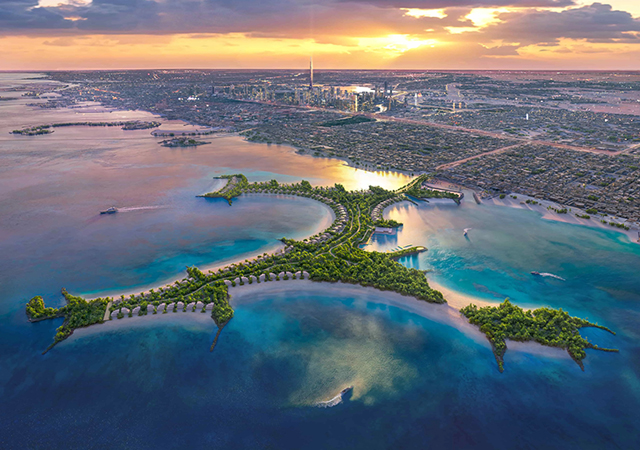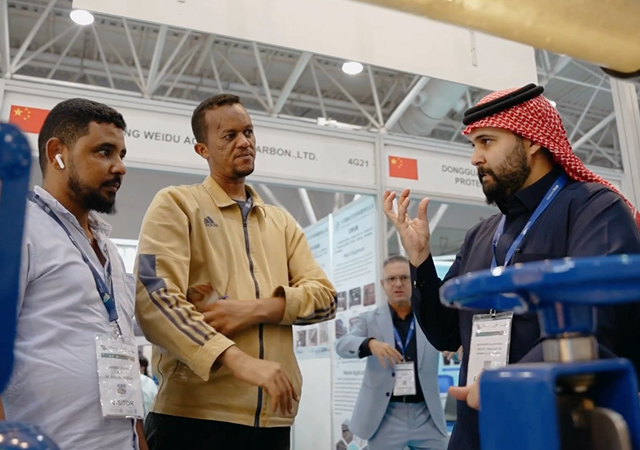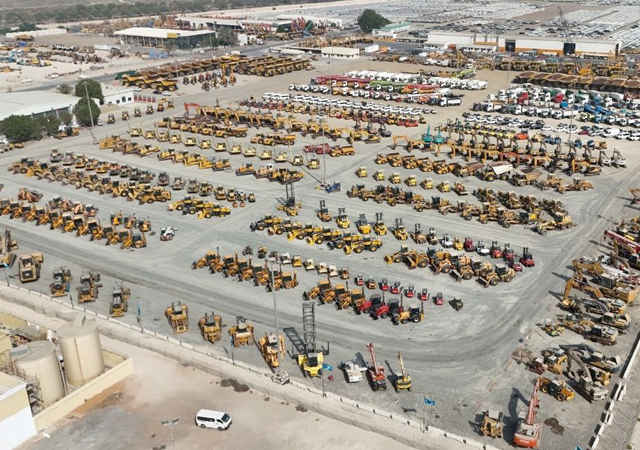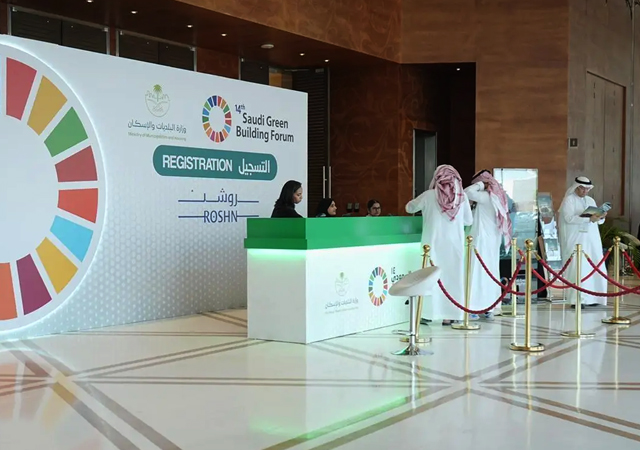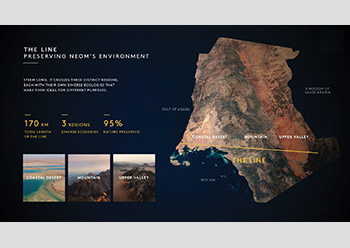
 The Line comprises two mirror-clad buildings that run parallel for 170 km.
The Line comprises two mirror-clad buildings that run parallel for 170 km.
Early last month, the Saudi Press Agency (SPA) announced that the kingdom has submitted an official bid to host the 2029 Asian Winter Games in Neom’s Trojena, highlighting Saudi Arabia’s confidence that the futuristic city – that needs to be built from scratch at an estimated cost that ranges from $500 billion to $1 trillion – would not only be completed but also well-geared to host a world-class sporting event such as this.
The giga-project has been frequently in the news of late: at the end of July, HRH Prince Mohammed bin Salman, Saudi Arabia’s Crown Prince who is also Chairman of the Neom Board of Directors, unveiled the designs for The Line, which will be the heart of the mega city located in the Tabuk Province. These designs reveal just how ambitious and challenging the vision for Neom is: It involves constructing the world’s largest structure, comprising two reflective glass – or mirror-clad – buildings standing 500-m tall, 200 m across and running parallel for 170 km across coastal, mountain and desert terrain.
The two buildings will be connected via walkways – a high-speed train will run beneath them. The Line also boasts concept designs such as integrated vertical farming, a marina for yachts, and a sports stadium built up to 305 m above ground – and all this come at a price tag of a whopping $1 trillion, according to a report in The Wall Street Journal (WSJ).
 |
|
The Line comprises two mirror-clad buildings that run parallel for 170 km. |
According to further details revealed last month, The Line will be made up of modular neighbourhoods stretching across all 170 km of Neom. Designed to make life easier, each will be home to 80,000 people with all services available within a five-minute walk. The Line will be home to nine million people, create 380,000 new jobs and run entirely on renewable energy.
The Line is one of the three key components of Neom that have been announced to date. The other two flagship projects include Oxagon, its reimagined manufacturing and innovation city; and Trojena, its global mountain tourism destination that will offer the Arabian Gulf’s first outdoor skiing facility, which is bidding to host the region’s first Asian Winter Games.
Built from the ground up as a living laboratory, Neom is expected to include hyperconnected, cognitive towns and cities, ports and enterprise zones, research centres, sports and entertainment venues and tourist destinations.
The project demands complex engineering and construction expertise requiring the development of innovative technologies that will have to undergo stringent and intensive testing before being applied on site; it will require advanced materials that live up to the high sustainability and durability standards set for this ambitious project; and it will need a skilled workforce to put it all together as designed and engineered.
Can such a utopian paradise be created with our current know-how and expertise?
To implement the utopian paradise, the industry needs to up its game, implement the most innovative technologies and gather the brightest minds in architecture, engineering and construction.
 |
|
Trogena ... excavation work is reported to have started on a lake at the destination. |
Trojena
Since the announcement of The Line more than a year ago, Neom unveiled plans for Oxagon, a reimagined industrial city, in November last year, which was followed by the launch of Trojena, a sustainable mountain tourism destination situated in the centre of the futuristic city in a region characterised by a mountain range with the highest peaks in Saudi Arabia at 2,600 m above sea level. Trojena is claimed to be a new year-round tourist destination that will comprise a ski village, ultra-luxury family and wellness resorts, sports activities including a ski slope, watersports and mountain biking, as well as an interactive nature reserve. The project is set for completion by 2026. Trojena is expected to attract 700,000 visitors and 7,000 permanent residents by 2030.
Oxagon
Oxagon, which represents a radical new model for future manufacturing centre, spreads over a large area in the southwest corner of Neom. Its core urban environment is centered around an integrated port and logistics hub.
The unique octagonal design minimises impact on the environment and provides optimal land usage, with the remainder left open to preserve 95 per cent of the natural environment, according to the developers.
 |
|
A defining feature of Oxagon is what is claimed to be the world’s largest floating structure. |
A defining feature of the city is said to be the world’s largest floating structure, which will become a centre for Neom’s blue economy and achieve sustainable growth.
Oxagon will host the world’s largest green hydrogen project being built by a tripartite venture; the world’s largest and most advanced modular building construction factory being set up with Gulf Modular International; and the largest hyperscale data centre in the region, a joint venture between FAS Energy and Neom.
Acwa Power, a leader in power generation and water desalination plants, along with Air Products, a world leader in industrial gases, and Neom, are jointly developing what will be the largest green hydrogen production facility in the world, that will use over 4 GW of renewable energy capacity to generate the power used for producing green hydrogen. Coming onstream in 2025, the $5-billion green hydrogen plant is likely to be the first of several similar plants that will make Neom a hub for green hydrogen production and innovation.
Meanwhile, the $1-billion modular building construction factory project will come up on a 1.4-million-sq-m site and will be capable of producing up to 12,500 modular units per year, once fully operational.
Infrastructure work
Work have already begun to provide the critical infrastructure for The Line, Oxagon and Trojena projects. Neom has awarded drill-and-blast tunnelling contracts for work on its infrastructure in what is considered one of the world’s largest transportation and utility infrastructure projects. Two joint venture groups will undertake the project, which is separated by lower and upper geographies, with the first contract awarded to a joint venture of FCC Construction, China State Construction Engineering Corporation and Shibh Al-Jazira Contracting Company (FCC/CSCEC/SAJCO JV), and the second to a joint venture of Samsung C&T Corporation, Hyundai Engineering and Construction Company and Saudi Archirodon Company (SHAJV).
The scope of works includes more than 28 km of tunnelling, providing separate tunnels for high-speed and freight rail services to facililate faster, safer and easier movement of people and goods.
The rock excavated will be processed for subsequent reuse within the permanent concrete lining of the tunnels and other projects within Neom to ensure minimal impact to natural landscapes.
Excavation works are also reported to have commenced on a lake at Trojena.
Close to 50 contractors are reported to be currently on site at Neom. For instance, Keller, one of the world’s largest geotechnical specialist contractors headquartered in Germany, is working a major piling contract for The Line.
The company has signed an umbrella framework agreement with respect to the project, and is mobilising for an anticipated first works order on a portion of Module 40 which has an expected value to Keller of around £50 million ($61.3 million), with the work targeted to be completed within the next 12 months.
According to Keller, The Line is subdivided into approximately 135 modules, each containing eight buildings founded on large-diameter bored piles. Further works orders are expected to be awarded later in the year on subsequent modules, it stated.
Among other contractors, Italy-based foundation engineering specialist Trevi has signed a contract for the foundations of The Line, after completing all foundation pile tests to identify the best technological solution for the project.
Among other deals concluded recently for work at the futuristic city, Enowa, the energy, water, and hydrogen subsidiary of Neom, has signed a memorandum of understanding (MoU) with Japanese trading company Itochu, and Veolia, a global leader in water, waste, and energy management solutions to develop a first-of-its-kind selective desalination plant powered by 100 per cent renewable energy in Oxagon.
Scheduled to produce its early-water in 2024, the new facility will be key to realising Enowa's ambitions to create a sustainable, abundant water supply for residential, industrial, and commercial use.
The new plant is expected to have production capacity of 500,000 cu m of desalinated water per day on completion in 2025 – approximately 30 per cent of Neom’s forecasted total water demand. It will use a high-recovery reverse osmosis process utilising advanced and innovative membrane separation technologies to produce water, as well as concentrated brine streams. The brine streams will be used as feedstock to produce valuable minerals and metals and achieve 100 per cent Zero Liquid Discharge in downstream brine industries fully developed by Enowa.
In line with its focus on the environment, Neom has embarked upon a regreening initiative in collaboration with the National Center for Vegetation Cover and Combating Desertification, which will see the return of 100 million native trees, shrubs and grasses by 2030. Its goal is to improve vegetation cover across its site by rehabilitating at least 1.5 million hectares of land, further contributing to the Saudi Green Initiative.



